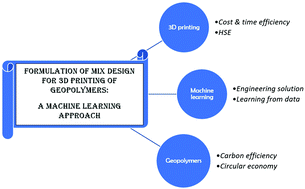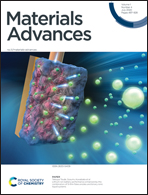Formulation of mix design for 3D printing of geopolymers: a machine learning approach
Abstract
This work evaluates the application of machine learning in the formulation of construction materials. The aim is to introduce a feasible approach to classify geopolymer samples made via additive manufacturing technique. Using an experimentally acquired conversion factor 2.95, this study employs popular recursive-partitioning functions including rpart and ctree to build separate classification models being compared at the end. According to the findings, these functions demonstrate great ability to create classification models for 3D-printed geopolymers with up to 100% positive predictive value in ctree function and up to 81% positive predictive value in the rpart function. However, rpart function with 70% cumulative accuracy expressed slightly better performance compared to 63% for that of ctree function. Locating the content of slag and the ratio of boron ions respectively in the roots of ctree and rpart decision trees implies the significance of them in the compressive strength of samples.

- This article is part of the themed collections: Editor’s Choice: Machine Learning for Materials Innovation and Welcome to the community


 Please wait while we load your content...
Please wait while we load your content...